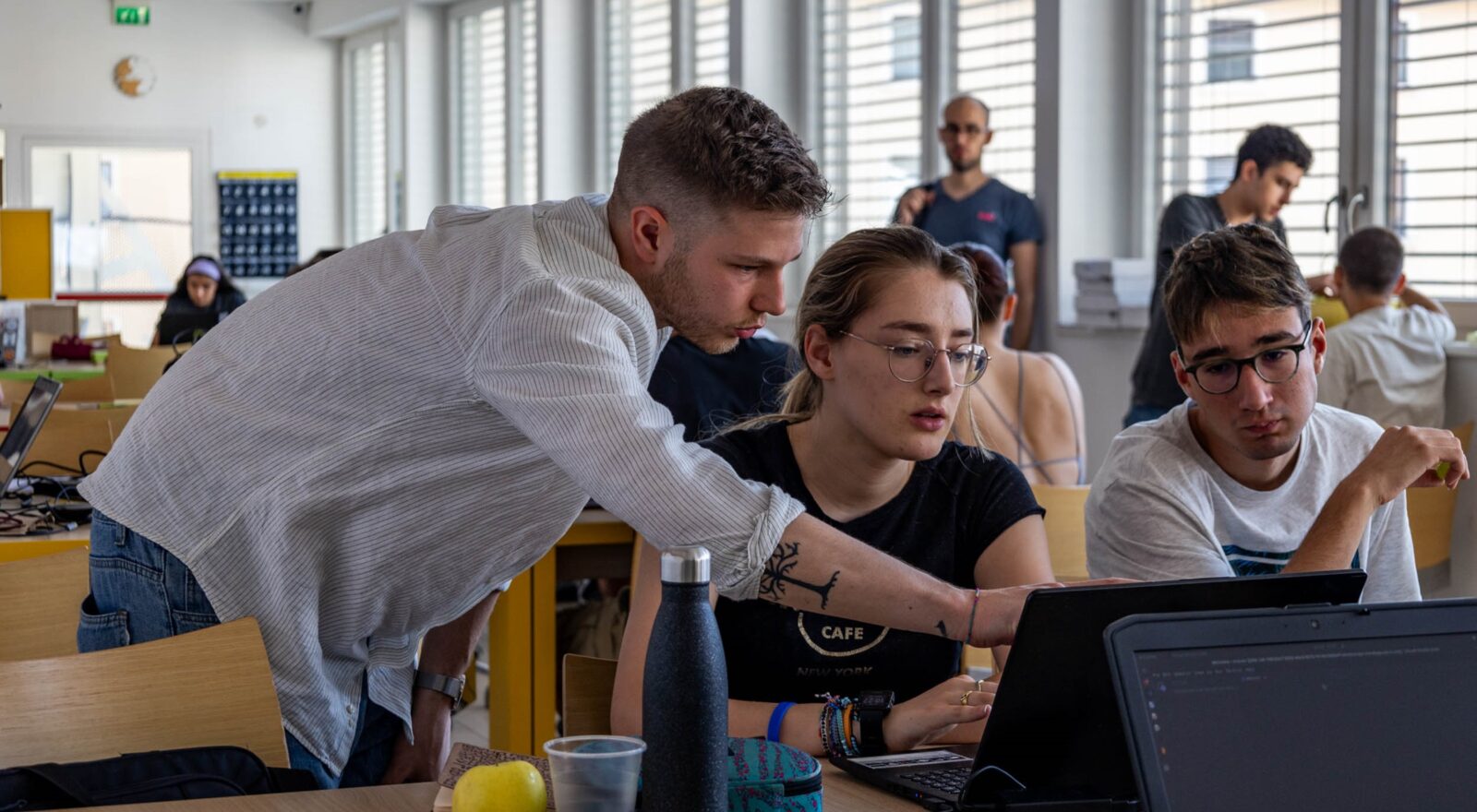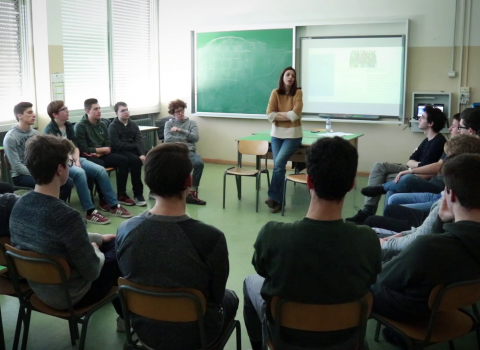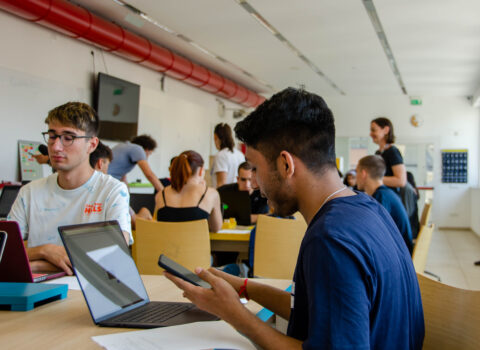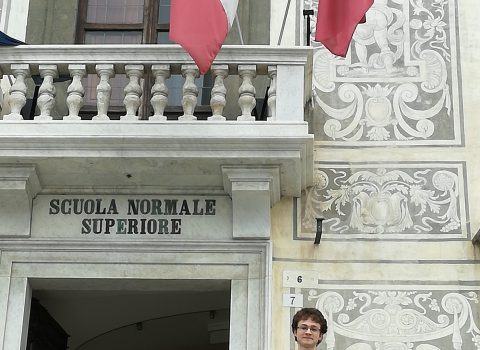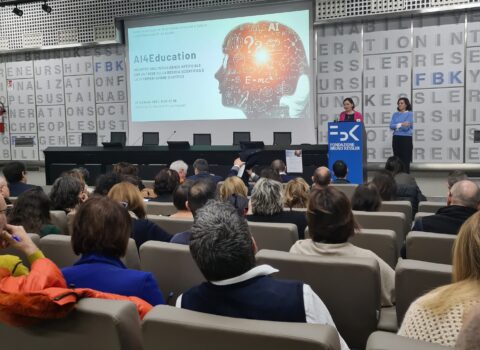
Thinking curious. Communicating science to the scientists of tomorrow
When organizing events directed at so-called popularization, those engaged in research as their profession often ask the question, "What do I have to do to engage young people?" The matter refers both to the unquestionable pleasure of having an audience to communicate to, sometimes to be retained, and to the belief that one has something to say, and consequently, that one deserves to be heard by those who will build the future. The idea of seeding is as appealing as it is fulfilling.
In my opinion, in order to give the wrong answer, the first step is to focus on style instead of content. The second is to deem “young people” an indistinct category made up of stereotypes instead of individuality. Other mistakes can and are often made, but let’s focus on these two.
Style. The overuse of slides, videos, suggestive presentations cannot in itself constitute the essence of scientific communication. This kind of communication is built, on the contrary, by the interest of the object one wants to describe. How one tells it is certainly a relevant aspect, but one of support rather than substance (although no one has the right to be incomprehensible or boring). For this object to appeal to a young audience, it must then be able to stimulate them, posing questions that raise curiosity, that suggest issues about which they have already thought about or it is interesting to think about.
Individuality. But who are “young people”? Many of us have had the disorienting experience of being called “young researchers” when the forty candles had long since been blown out. I believe that the risk of taking again this distorted path is always worth keeping in mind. If we want to have a dialogue with secondary school and university students, we must think of doing so with people who are adults or about to become adults, each with their own personal life experience and perspective, curious not because they are young but because they are eager to look at the world critically and openly. Let’s imagine that we can discuss with those who offer their time to listen to us, looking the audience in the eye and aiming at interactions that are as much individual as possible.
Let me close this argument with a reference to personal experience. In a lecture I gave a few days ago, I was exchanging views with an audience that was as attentive as it was mature, except for somebody who appeared to be a high school student. When, overcoming the shyness that cannot be escaped in such a context, the only young member in the audience asked me a complex question that was clearly related to what we had been discussing, well, at that moment I had the proof that, as I thought, doing research acquires even more meaning the moment we manage to open a channel of communication capable of leaving a mark.
At Fondazione Bruno Kessler, attention to the stimuli to be offered to students is always on the agenda. The newly-started FBK initiative called “AI4Education” is proving it. The series is dedicated to artificial intelligence and targets high school teachers (here a presentation of the series, by the pen of Viviana Lupi and the voice of Claudia Dolci, head of the Scholars & PhD Program Unit). The call for applications for the “WebValley 2024 – International” summer school, which can be found here, gives us information about it.
